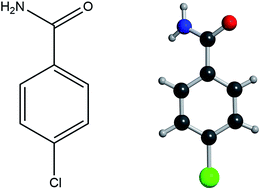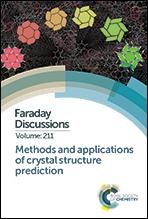Predicting the structures and associated phase transition mechanisms in disordered crystals via a combination of experimental and theoretical methods
Abstract
Disordered materials make up a large proportion of condensed phase systems, but the difficulties in describing their structures and molecular dynamics limit their potential applications. Disordered crystalline systems, also known as plastic crystals, offer a unique perspective into these factors because the systems retain a degree of crystallinity, reducing the degrees of freedom that must be explored when interpreting the results. However, while disordered crystals do diffract X-rays, it is difficult to fully resolve meaningful crystalline structures, with the best scenario resulting in lattice parameters. In this study, we use a combination of experimental terahertz time-domain spectroscopy, and theoretical solid-state ab initio density functional theory and molecular dynamics simulations to fully elucidate the structures and associated dynamics of organic molecular solids. The results highlight that this combination provides a complete description of the energetic and mechanistic pathways involved in the formation of disordered crystals, and highlights the importance of low-frequency dynamics in their properties. Finally, with structures fully determined and validated by the experimental results, recent progress into anharmonic calculations, namely the quasi-harmonic approximation method, enables full temperature and pressure-dependent properties to be understood within the framework of the potential energy hyper-surface structure.

- This article is part of the themed collection: Methods and applications of crystal structure prediction


 Please wait while we load your content...
Please wait while we load your content...